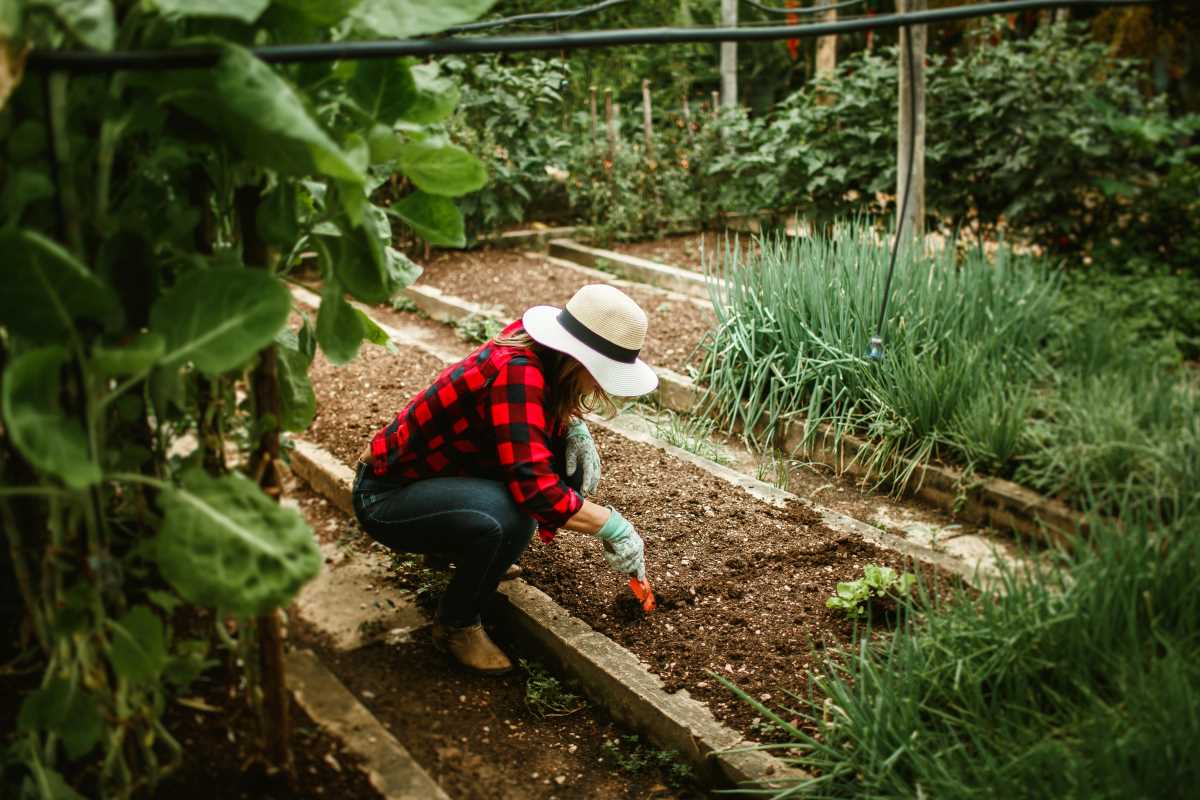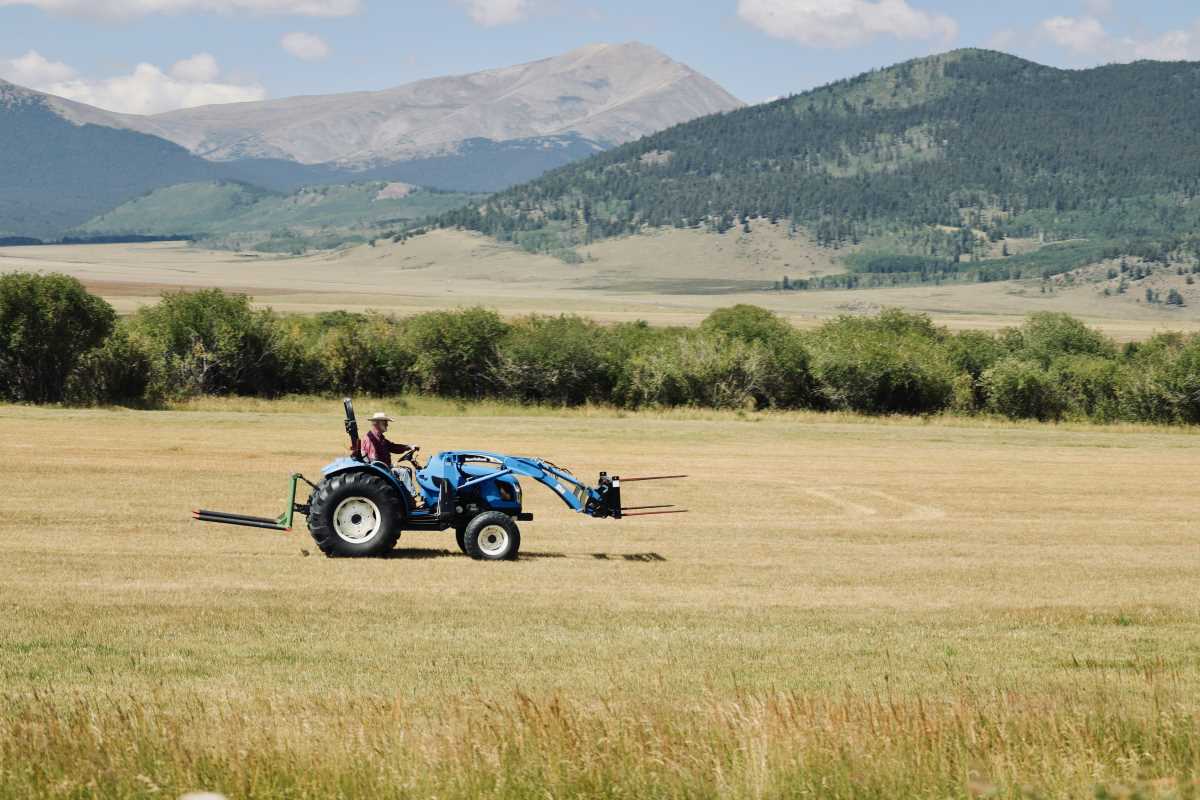Growing seasonal crops throughout the year fills gardens with color and provides a steady supply of fresh produce. Careful preparation makes the most of available space, ensuring you can enjoy fruits and vegetables from the first signs of spring until the last days of fall. Organizing your planting schedule lets you look forward to harvests at different times, bringing variety to your meals and deepening your connection to the natural world. Planning also spreads gardening tasks over the months, making the work more manageable and enjoyable. With each new season, your garden can become a reliable source of nourishment and satisfaction.
Smart planning combines knowledge of the land with timely actions. A good plan results from understanding your environment, choosing suitable plants, and scheduling plantings to make the most of natural cycles.
The Importance of Knowing Your Local Climate and Soil
A solid grasp of local climate and soil conditions lays the foundation for a successful garden. Knowing your area's weather patterns and soil composition helps guide your crop choices and planting times.
Keep the following in mind when assessing your growing environment:
- Check your soil pH and fertility levels so you can select plants that thrive in your conditions.
- Note drainage issues and amend soil if needed to ensure healthy root growth.
- Be aware of frost dates to avoid planting too early or too late.
- Assess average rainfall and sunshine hours to guide crop watering and sun exposure requirements.
- Examine local microclimates, such as shaded or windy spots, to optimize crop placement.
Choosing the Right Crops for Your Area
Selecting crops that perform well in your conditions is a crucial step. Outdoor enthusiasts often find that the type of plants they choose affects how often and how well they harvest. Careful crop selection turns planning into an art form while respecting nature's cycles.
For example, consider planting a mix of fast-growing vegetables and slower maturing fruiting plants to balance the garden's rhythm. Research and local experience play key roles.
- Pick plants suited to your soil type and climate conditions.
- Choose crops with different harvest times to keep a steady supply.
- Include a variety of leafy greens, root vegetables, and fruit-bearing plants.
- Factor in space requirements and plant species that benefit each other when grown together.
- Use resilient varieties that can handle unexpected weather shifts.
Planning and Rotating Your Plantings
Map out your garden schedule to create smooth transitions from one planting cycle to the next. Accurate timing prevents planting everything at once, which can cause resource shortages or over-farming of a particular patch. Thoughtful rotation also helps preserve soil nutrients.
A planting calendar serves as a guide for your season-long efforts. Below is a simple table that shows an example schedule for planting and harvesting:
- March:
- Start seedlings indoors and prepare your garden beds.
- This helps you get an early harvest of fresh greens.
- April:
- Direct sow fast-growing vegetables, such as radishes, into the soil.
- You’ll start seeing leafy vegetables coming up during this time.
- May:
- Transplant established seedlings outdoors and continue sowing succession crops for a continuous supply.
- Expect your first mid-spring harvest.
- June:
- Sow warm-season crops and rotate them with the earlier plantings.
- Summer fruits and vegetables will begin to develop.
- July:
- Plant fall crops and keep up with crop rotation practices.
- This leads to a late summer yield.
- August:
- Direct sow root crops that will be ready for the fall harvest.
- Early autumn vegetables will be your reward.
By following these steps and rotating your plantings, you’ll make the most of your garden space, protect soil health, and enjoy continuous harvests throughout the growing season.
Tips for Continuous Harvests
Keeping a consistent crop output involves clever tactics. Plan staggered plantings and give careful attention throughout the season. Organizing your work schedule helps you avoid periods of excessive activity, ensuring each crop receives the time it needs.
Try these practical methods to produce ongoing yields:
- Sow small groups of seeds every few weeks so harvests overlap.
- Use container gardening for easily movable and supplementary plantings.
- Prune regularly to encourage new growth and higher yields.
- Rotate crops to reduce soil exhaustion and pest buildup.
- Monitor weather patterns and adjust watering routines for best results in continuous harvests.
Common Problems and How to Fix Them
No garden plan is complete without considering possible obstacles. Environmental issues and pests can challenge even the best efforts. Staying informed and ready helps you adapt quickly and keep the season on track.
Address these obstacles with proactive steps:
- Challenge: Unpredictable weather.
- Fix: Use protective covers and choose hardy, adaptable varieties.
- Challenge: Soil depletion from repeated planting.
- Fix: Practice crop rotation and add organic matter to replenish nutrients.
- Challenge: Pest outbreaks.
- Fix: Introduce natural predators and use non-toxic remedies to control pests.
- Challenge: Weeds overtaking crops.
- Fix: Keep weeds under control and use mulch to suppress unwanted growth.
- Challenge: Timing issues between planting and harvesting.
- Fix: Create a detailed schedule and adjust as conditions change.
Start planning your crops, experiment with each cycle, and enjoy fresh produce as a result.
 (Image via
(Image via





